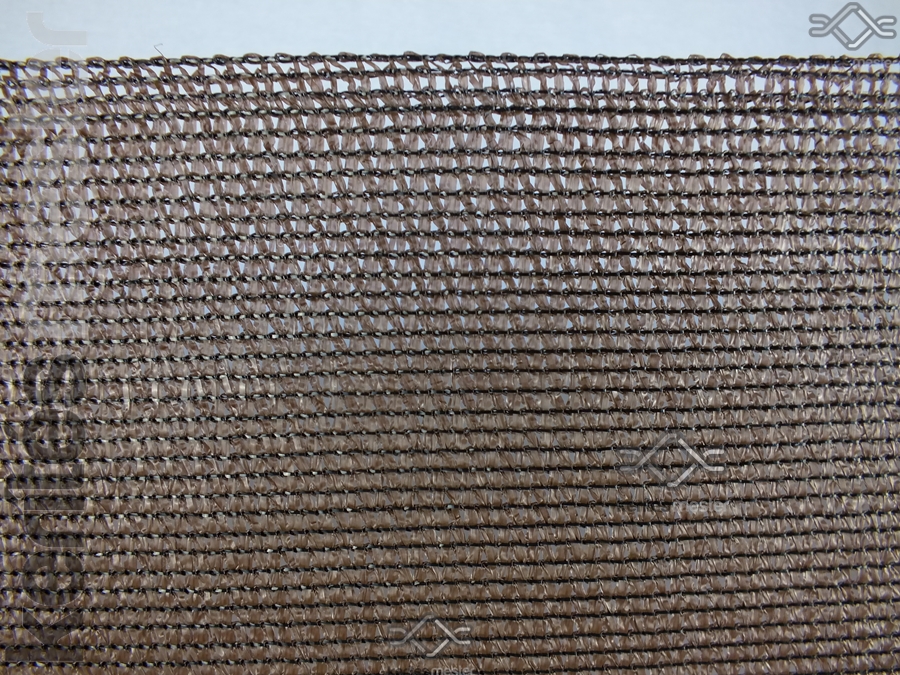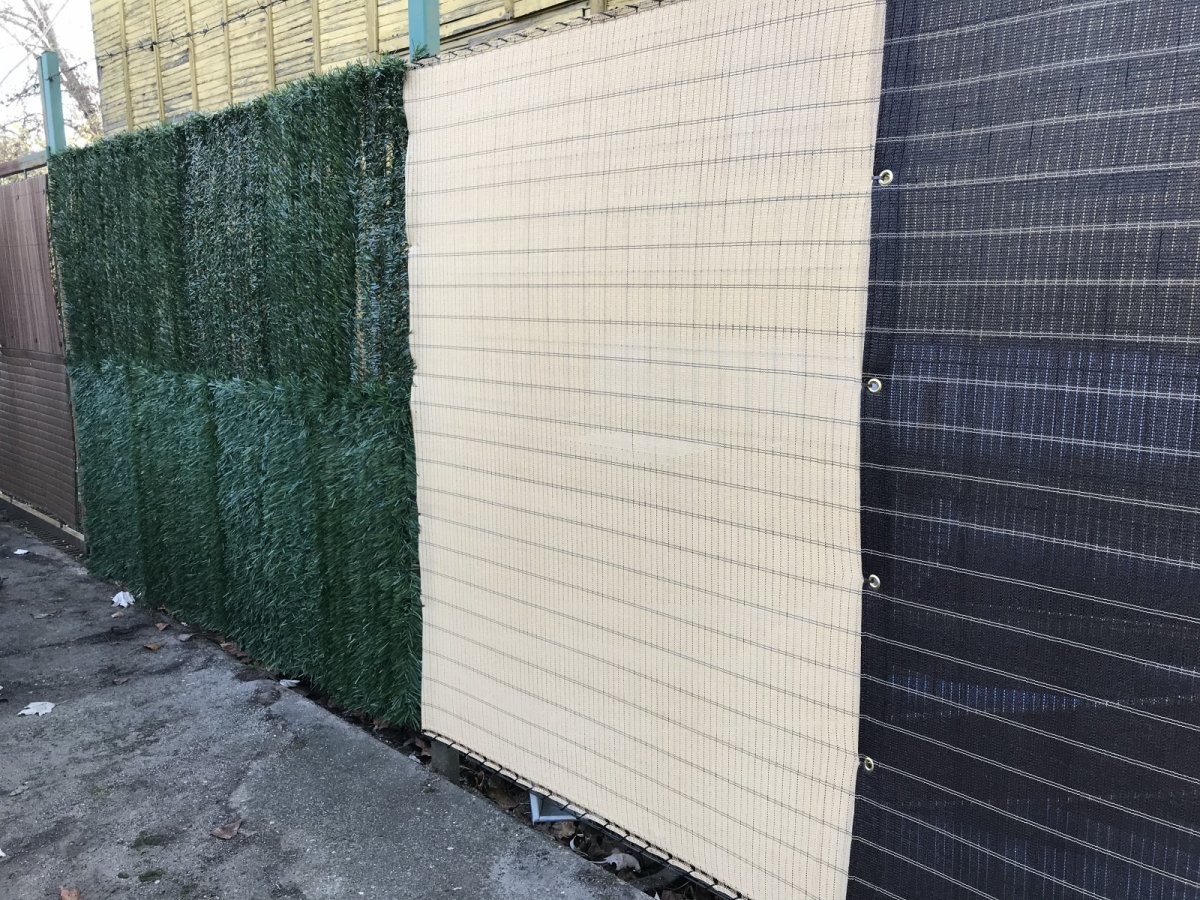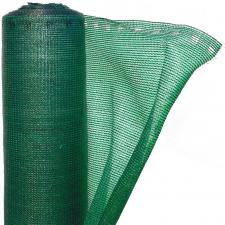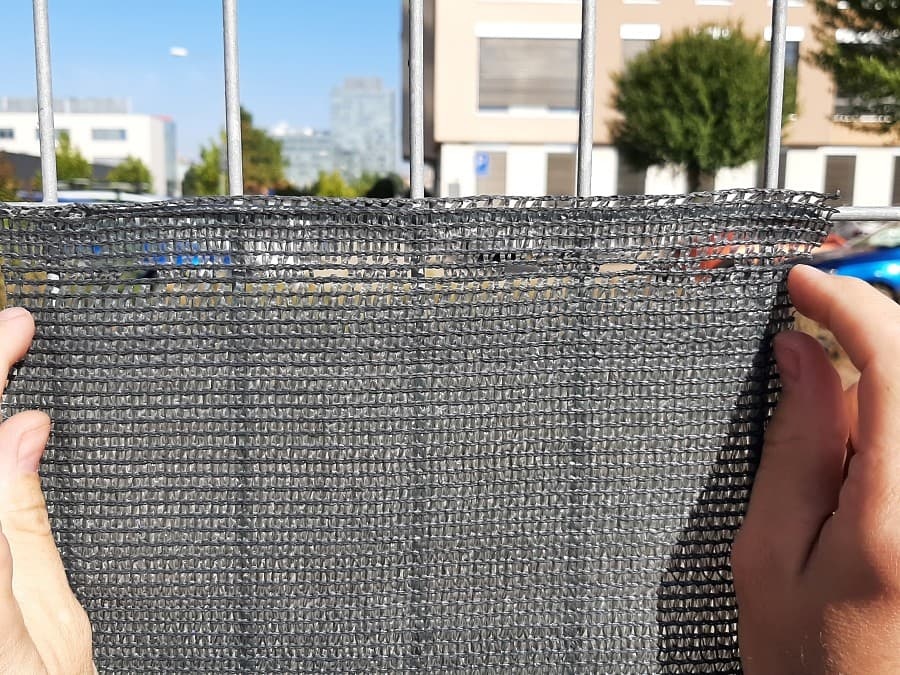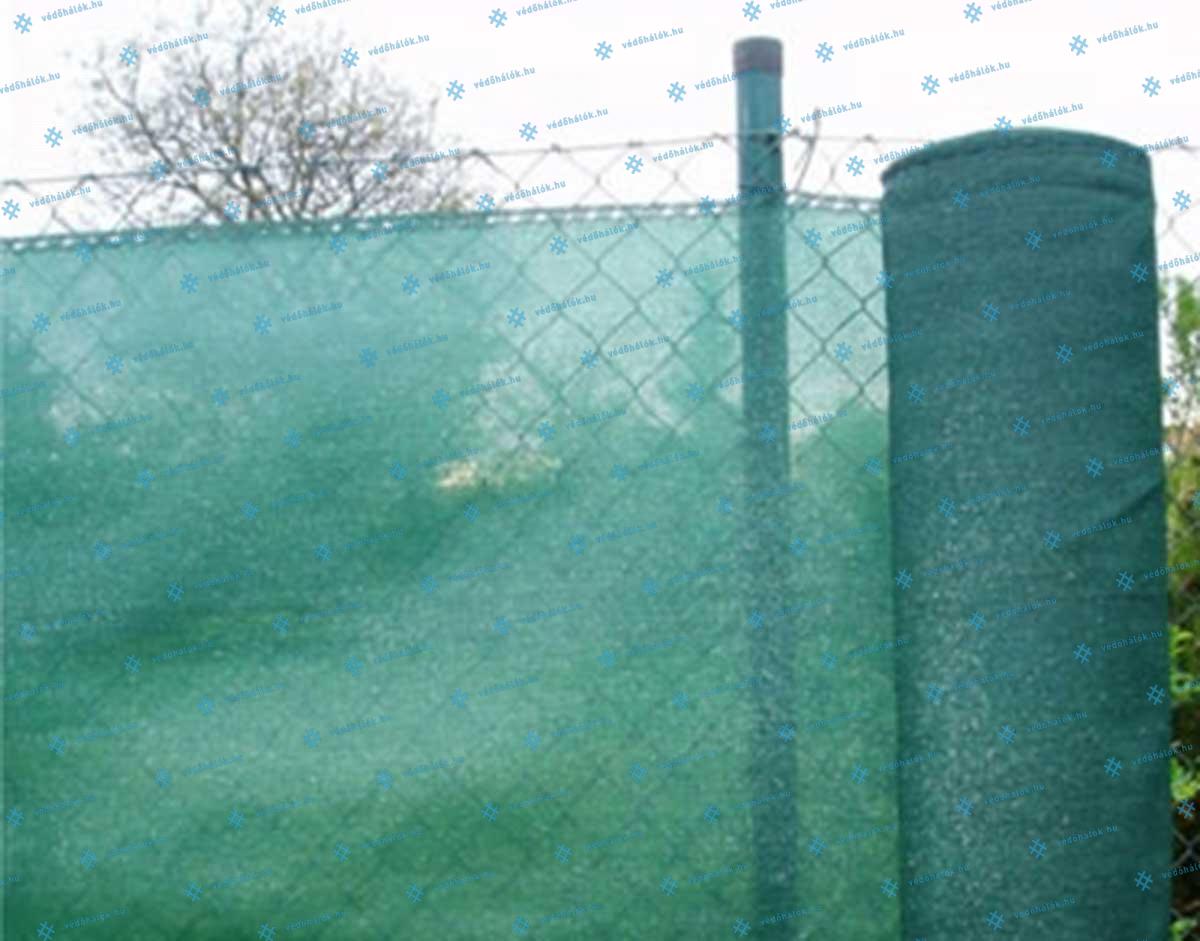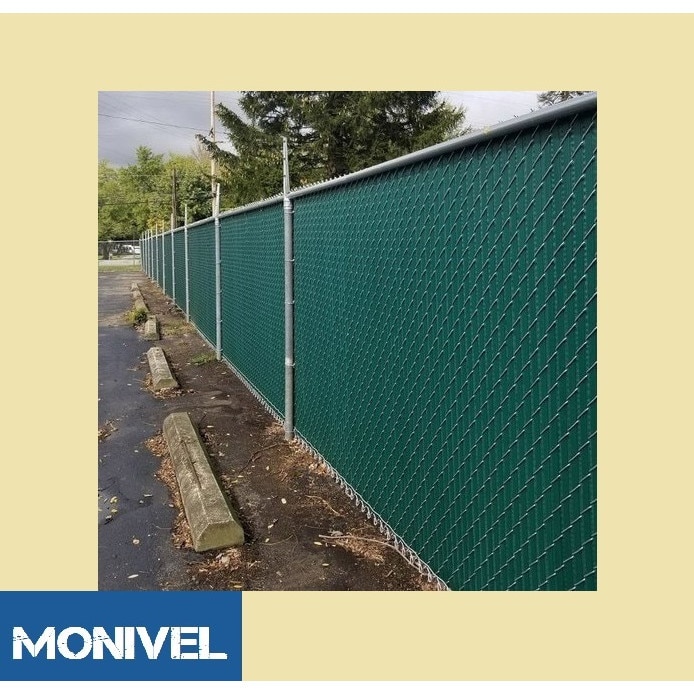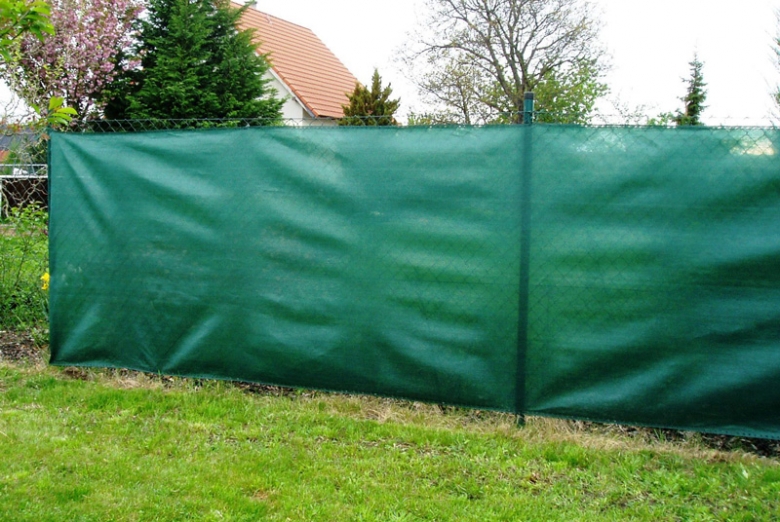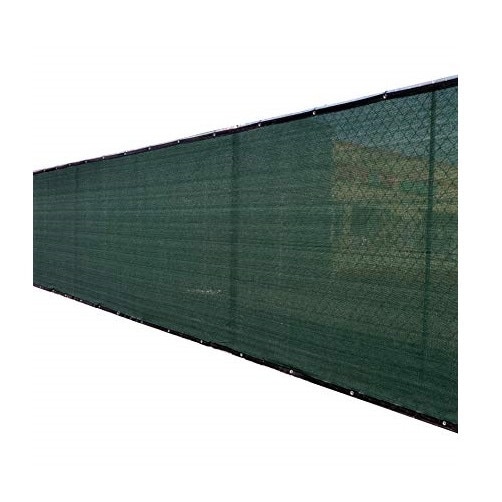
Nortene Belátásgátló háló 100%, szintetikus pálmaháncs PRIVATEX (1x3 méter) barna - Ár: 4 250 Ft - ANRO
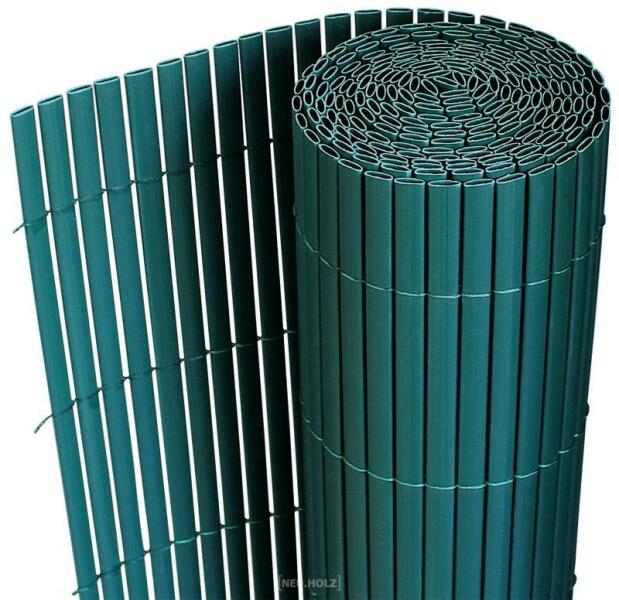
Vásárlás: Premium_D Belátásgátló műnád többféle méretben zöld színben kerítés takaró tekercs szélfogó pvc 90x300 cm Árnyékoló háló, kerítéstakaró árak összehasonlítása, Belátásgátló műnád többféle méretben zöld színben kerítés takaró tekercs szélfogó ...

Vásárlás: Wohnen Műsövény erkélyre kerítésre belátásgátló 300x100 cm világoszöld fenyő hatású mű tűlevelek takaró háló élethű Árnyékoló háló, kerítéstakaró árak összehasonlítása, Műsövény erkélyre kerítésre belátásgátló 300 x 100 cm világoszöld fenyő ...
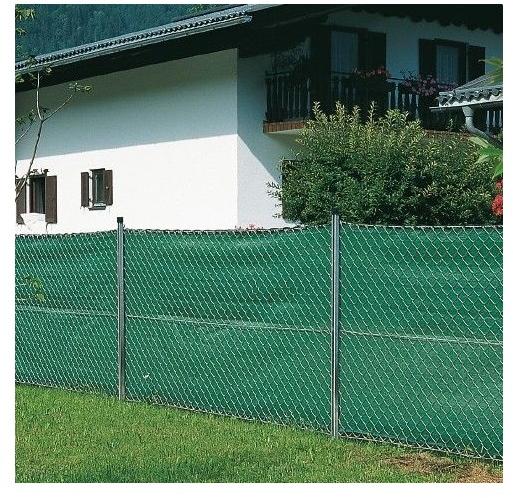
Vásárlás: Betekintés elleni háló 2 m x 10 m 90 g/m2 (árnyékoló) (3393431) Árnyékoló háló, kerítéstakaró árak összehasonlítása, Betekintés elleni háló 2 m x 10 m 90 g m 2 árnyékoló 3393431 boltok
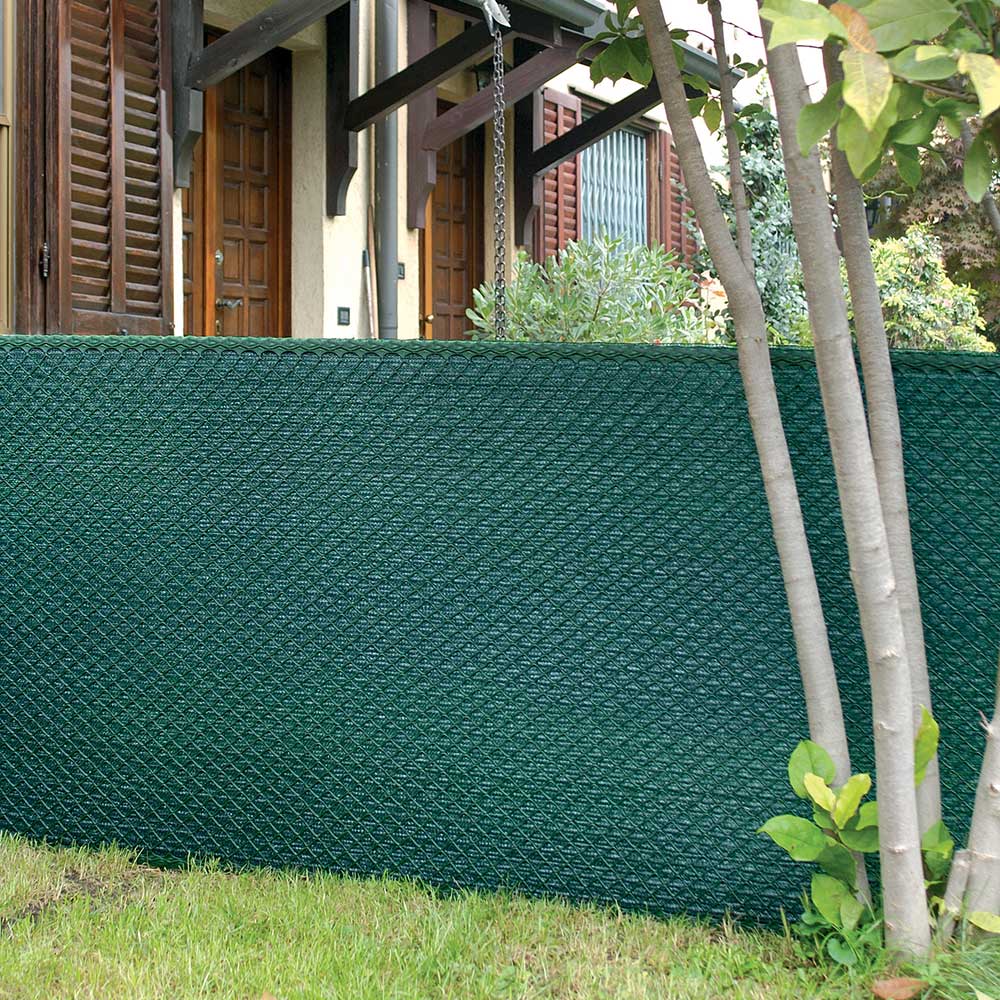
Tenax Bermuda 2 Az Egyben Termék; 1.5x5 m Belátásgátló Árnyékoló Védő Háló 100% Fényszűrő Nem Szőtt Anyagból, Műanyag Kerítés Hálóval; 750g/m2 Súlyú; UV-Kezelt - eMAG.hu

Vásárlás: Oasom Erkélytakaró, kerítéstakaró belátásgátló zöld műsövény korlát takaró háló élethű szőtt levelekkel 300x150 cm világoszöld Árnyékoló háló, kerítéstakaró árak összehasonlítása, Erkélytakaró kerítéstakaró belátásgátló zöld műsövény korlát ...




